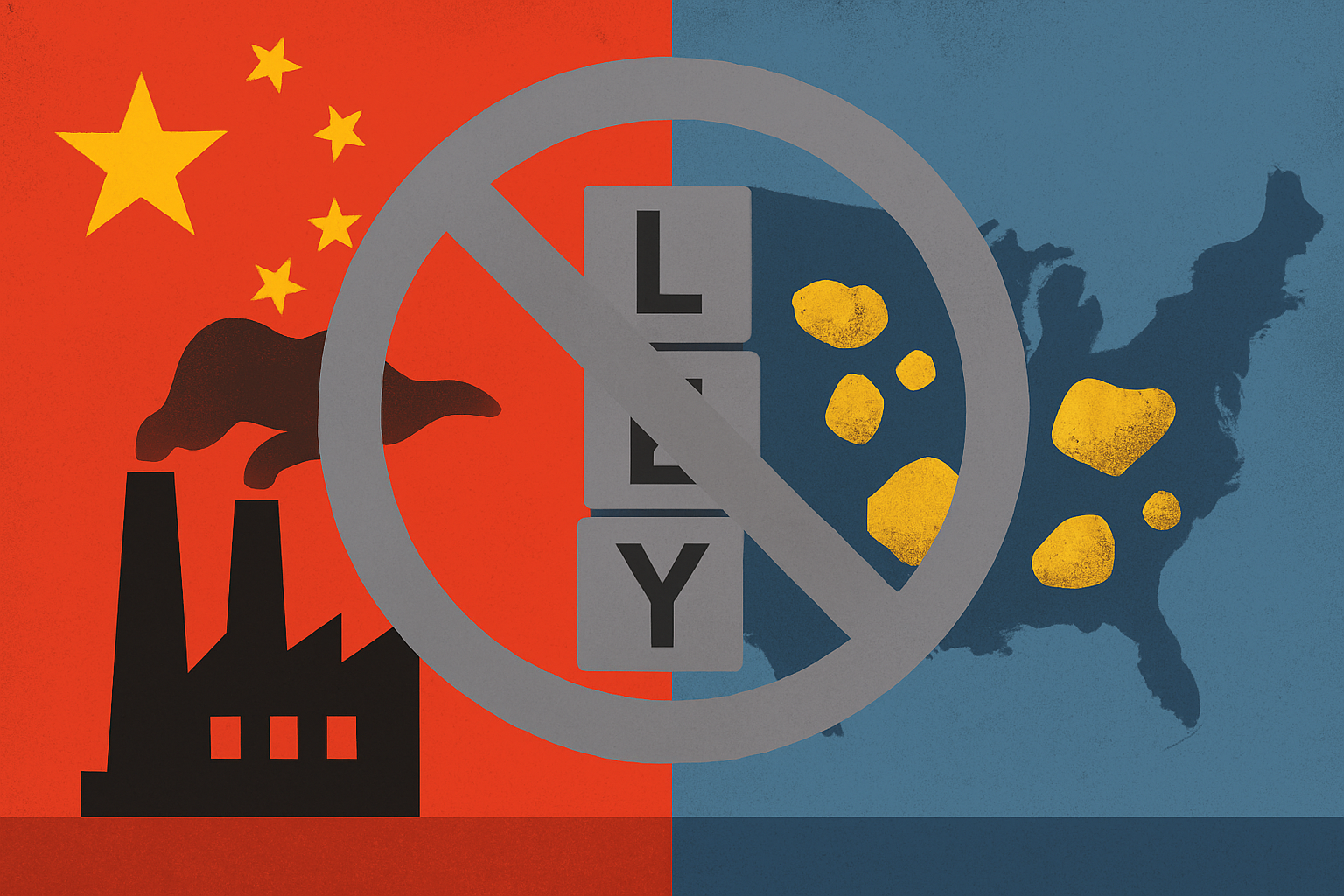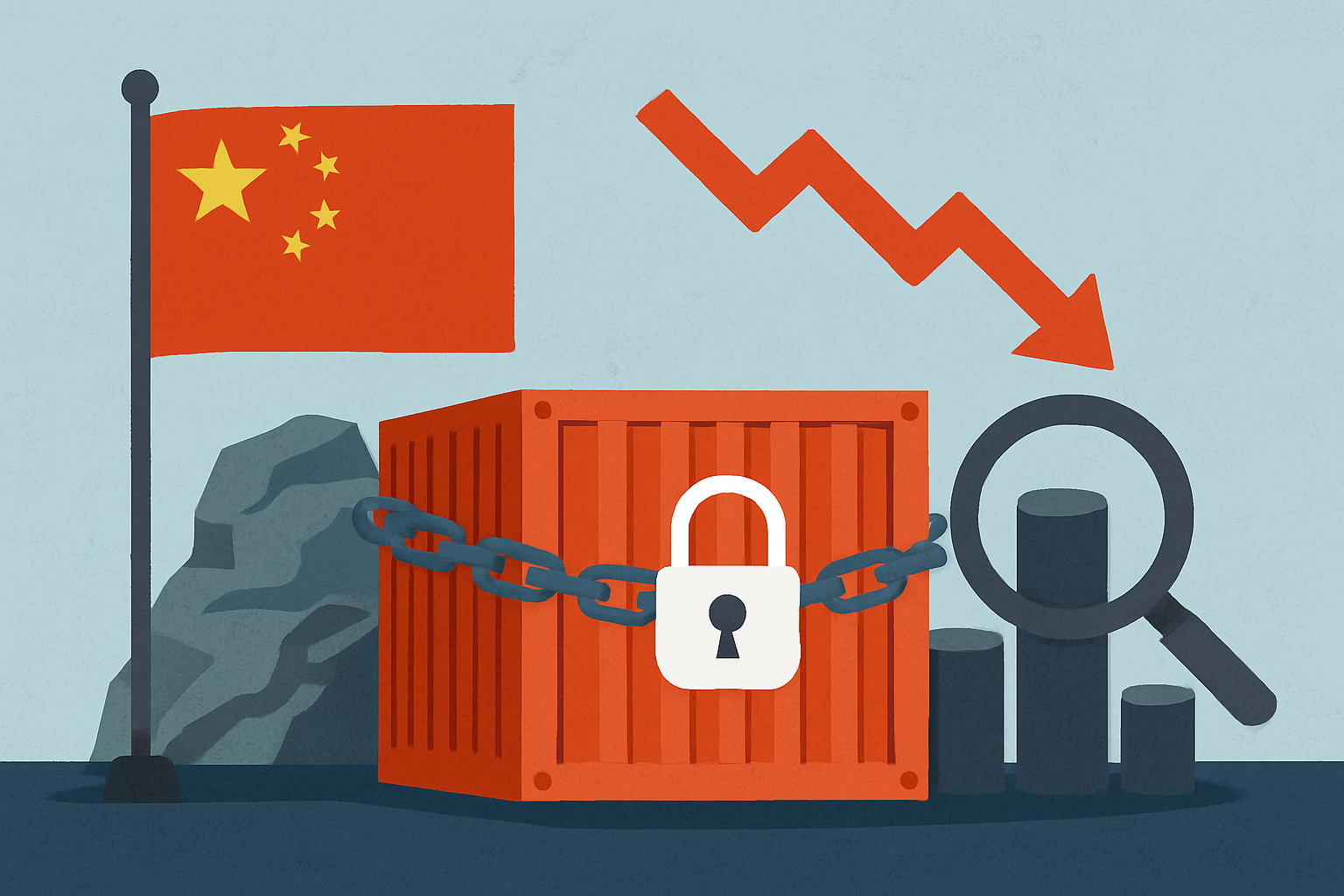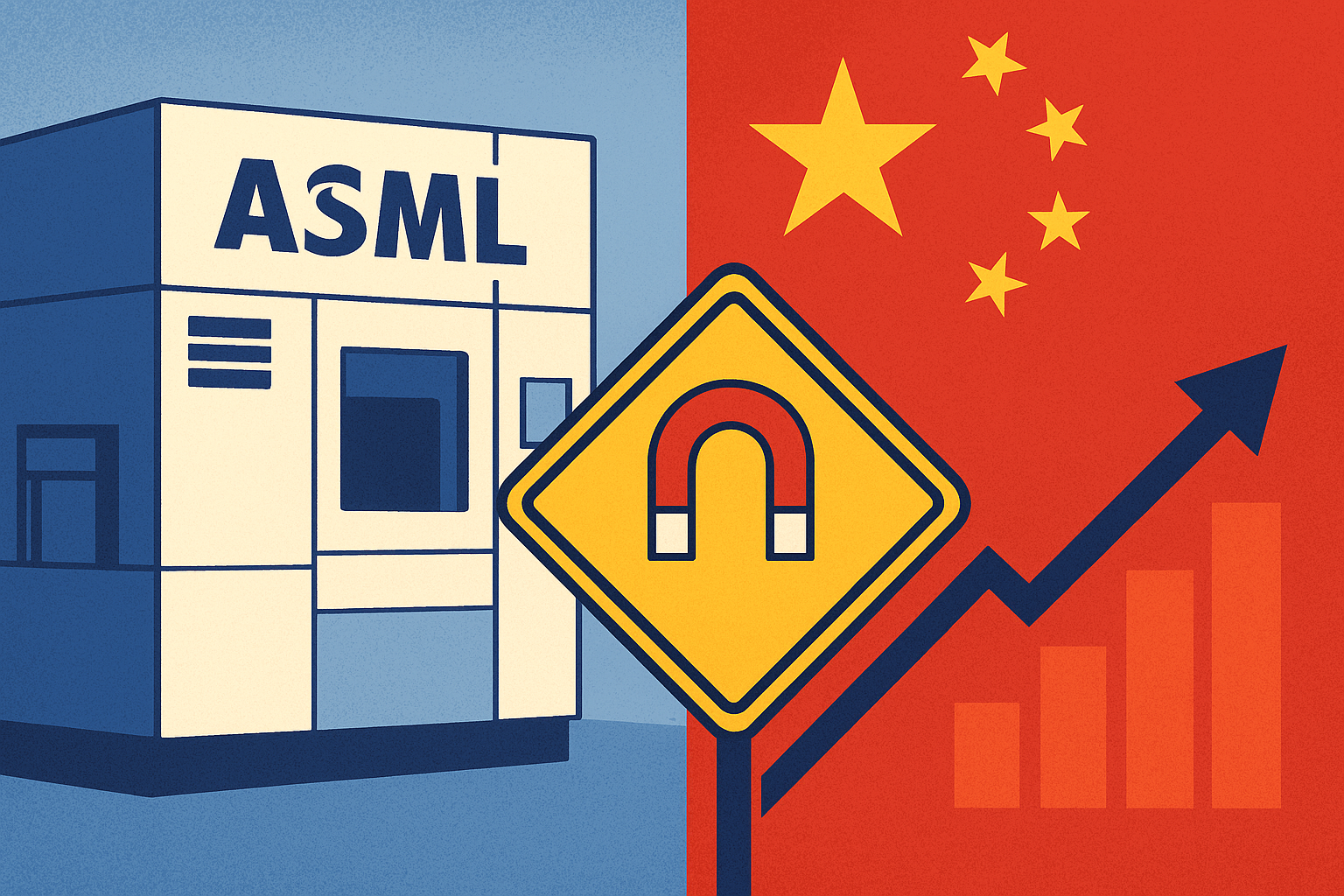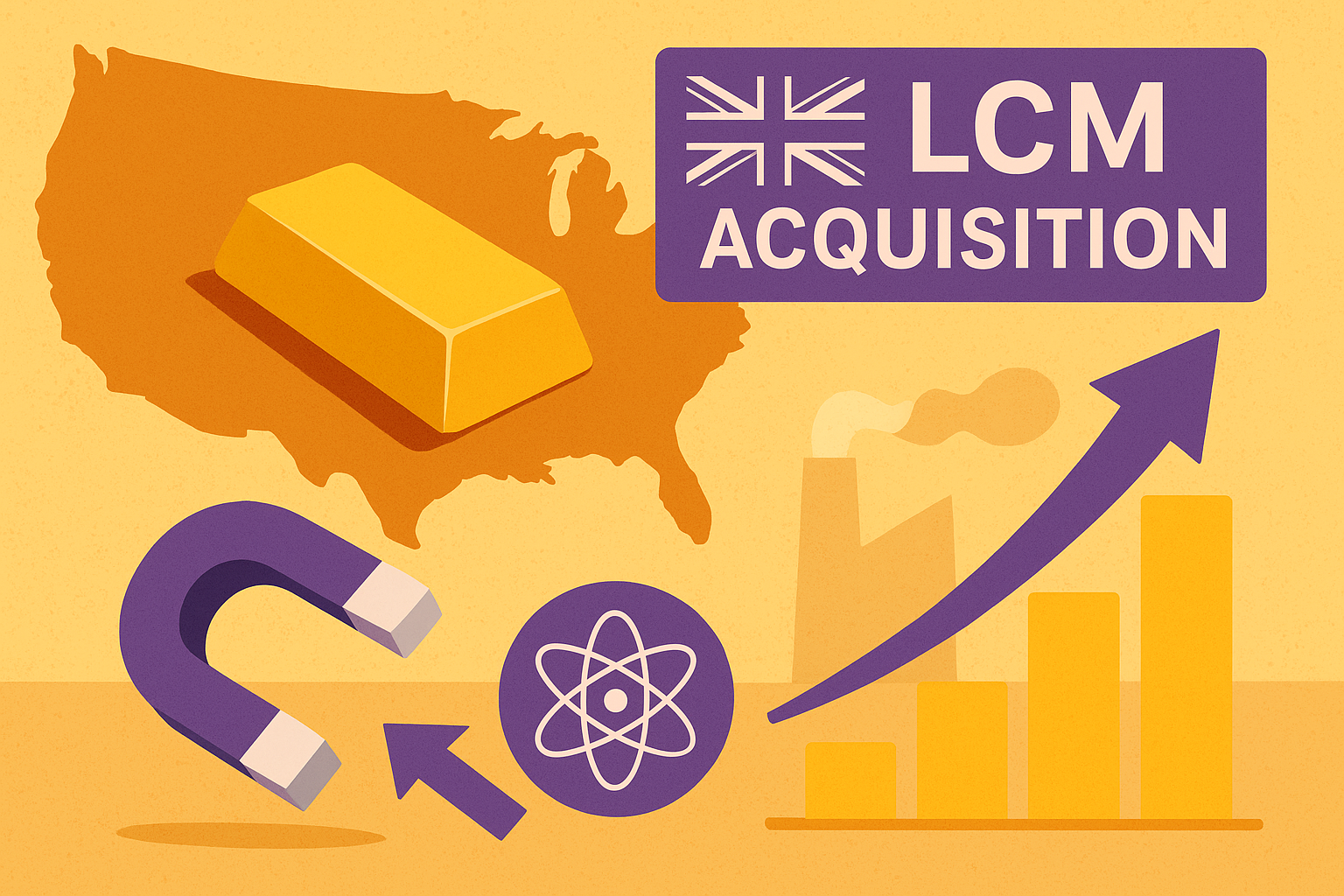The global rare earths market is once again on edge as Beijing expands its export controls just days before a highly anticipated summit between former U.S. President Donald Trump and Chinese President Xi Jinping. The move, which adds five previously unrestricted elements to China’s controlled export list and tightens licensing for mining and refining equipment, has sent ripples through critical minerals markets — and investors are paying attention.
Analysts from Reuters, AP News, Investopedia, and Bloomberg confirm that the new restrictions extend to both raw and processed rare earth materials, underscoring China’s continued dominance in a sector vital to defense, electric vehicles (EVs), and advanced electronics. This development injects a new layer of geopolitical risk into already strained global supply chains, while reigniting debate over the West’s heavy dependence on Chinese critical minerals.
Strategic Timing and Political Undercurrents
Beijing’s decision is seen as more than just an economic measure — it’s a geopolitical signal. The expanded controls come just as Trump and Xi are expected to discuss trade normalization, technology restrictions, and global industrial policy.
According to Reuters, the new policy includes elements such as terbium, dysprosium, and yttrium — all crucial for magnets used in EV motors, wind turbines, and precision-guided military systems. The timing, analysts suggest, is deliberate. “China is leveraging its dominance in the rare earth supply chain to reinforce strategic pressure,” Bloomberg Intelligence noted, adding that the controls could serve as both a negotiating tool and a domestic safeguard amid rising Western industrial policies aimed at reshoring critical mineral production.
Beijing currently accounts for roughly 70% of global rare earth production and 90% of refined output, per U.S. Geological Survey data. Even small changes to export quotas or processing licenses can cause disproportionate swings in prices, as seen in 2010 when a similar export clampdown led to a 300% surge in some rare earth prices within months.
Why This Matters for Investors
For investors, the implications go far beyond short-term price volatility. The rare earth sector sits at the nexus of the clean energy transition, defense innovation, and advanced manufacturing — meaning supply disruptions can ripple across industries.
U.S. and Australian producers, including MP Materials (NYSE: MP) and Lynas Rare Earths (ASX: LYC), saw modest premarket gains following news of China’s latest export tightening. Meanwhile, emerging players like USA Rare Earth and Vital Metals may benefit from renewed investor interest as Western governments scramble to secure alternative supply chains.
At the same time, the restrictions highlight persistent structural challenges in the non-Chinese rare earth ecosystem: limited refining capacity, high environmental costs, and regulatory inertia. As Investopedia notes, “The bottleneck isn’t just mining — it’s processing. Even with abundant deposits, Western producers lack the downstream infrastructure to compete with China’s scale.”
Market Reactions and Policy Signals
In early trading, rare earth futures showed upward momentum, with neodymium and praseodymium prices jumping 6.4% on the Shanghai exchange, according to MarketWatch. The move also spurred speculation about forthcoming policy responses in the U.S. and Europe.
Washington has already hinted at expanding subsidies for domestic critical minerals projects under the Defense Production Act. Similarly, the European Commission has renewed calls for a “Critical Raw Materials Club,” an alliance among resource-rich nations to coordinate investment, technology transfer, and stockpiling strategies.
Analysts at Bloomberg Economics argue that while China’s move might deliver short-term leverage, it risks accelerating long-term decoupling. “The more Beijing uses critical minerals as a geopolitical tool, the faster the West will build parallel supply chains,” one report stated.
Future Trends to Watch
- Acceleration of Western Processing Capacity: Expect announcements around new U.S. refining plants, particularly in Texas, Canada, and Western Australia, as governments offer tax credits and grants to reduce dependence on Chinese refineries.
- Strategic Stockpiling: Defense and EV manufacturers may begin stockpiling high-demand elements like dysprosium and terbium to hedge against future shortages.
- Price Volatility: Rare earth prices could see 10–20% swings over the coming weeks as traders react to evolving export license rules and potential retaliatory measures from Western economies.
- Exploration Surge: Investors can anticipate a renewed uptick in exploration-stage investments for critical minerals, as juniors look to capitalize on shifting geopolitics and elevated valuations.
Key Investment Insight
China’s export clampdown reaffirms rare earths as one of the most geopolitically sensitive asset classes in modern markets. While immediate beneficiaries include established Western producers, the longer-term opportunity may lie in exploration-stage companies positioned to fill supply gaps. Investors should monitor not just miners, but also refiners, recyclers, and technology firms capable of innovating around material substitution and processing efficiency.
As always, geopolitical headlines may spark volatility — but for strategic investors, volatility often brings opportunity.
Stay ahead of the next market move with ExplorationStocks.com, your trusted source for daily insights into mining, energy metals, and critical mineral trends shaping the future of global investment.






